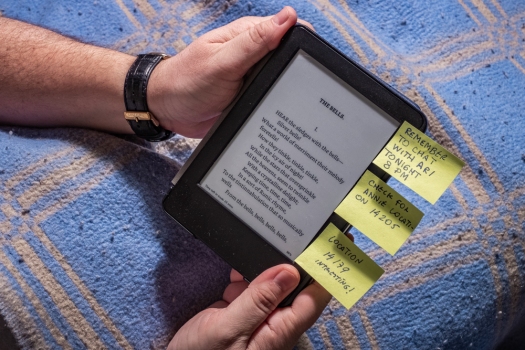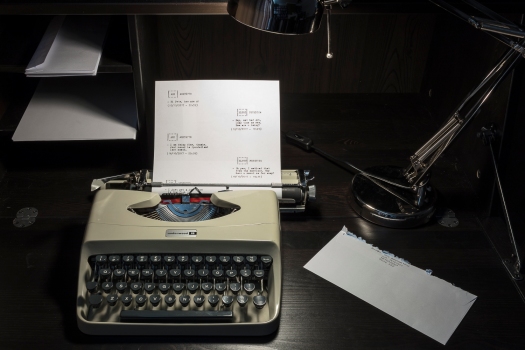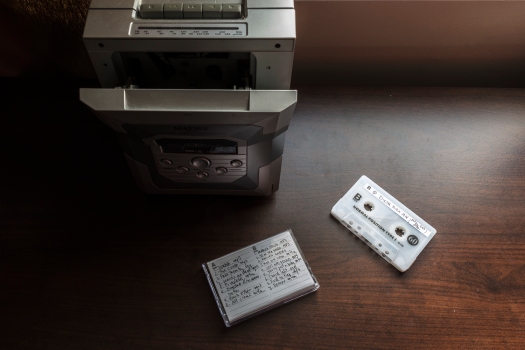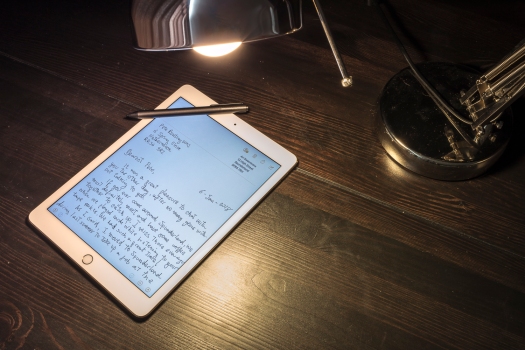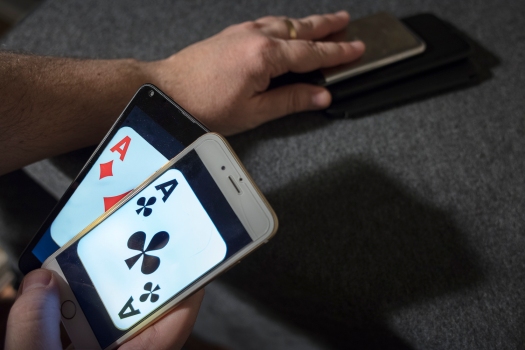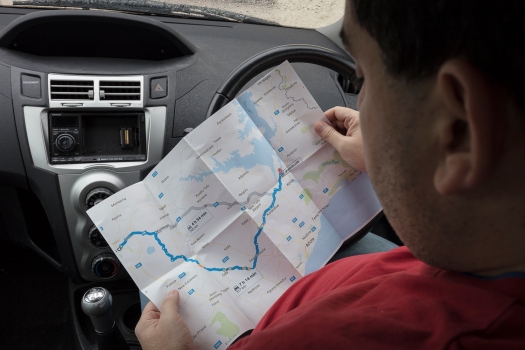Following comments from my tutor on assignment 2 (see report here), I have decided to revise my submission for this assignment.
There are two issues with this assignment that I have noted after reading the feedback from my tutor. One is the lack of a defined narrative, a story that connects with the idea I wanted to portray. My tutor mentions in his report the work of Duane Michals, which I have referenced for this assignment, as an example of photographic series that constitute self-contained stories; and it is from a particular work of Michals (Things are Queer, link to my comments here) that I have taken inspiration to re-work the assignment for my final submission.
The lack of clear narrative in the first draft is a consequence of how the work developed. Initially, it was my intention to create individual vignettes all related to the idea of the passage of time in the context of technological advances, and how nostalgia for the past plays a role in our relationship with new technologies. As the individual images were put together, the series evolved into a loosely connected story about relationships being rekindled. However, the connection was not particularly strong and this is something that my tutor also mentioned in his report. I have reflected upon the initial series, the theme behind it, and other comments made by my tutor in his report (around my lack of exploration on the consequences of new technology) and repositioned the series into something slightly different. The final submission series is still about rekindled relationships in the context of our (sometimes difficult) transition from old to new technology (that facilitates this, to an extent), but I have tried to strengthen the narrative and move it towards the disappointment that may come after remembering why long-lost links were broken in the first place. Finding out about old acquaintances in social media is something that feeds into that nostalgia for the old times (represented here by old technology), but in many cases (at least in my direct experience) those reestablished connections do not lead to renewed friendship in the real world. As a consequence, we continue to be as lonely as before, even though our virtual self may be awash with likes, retweets or followers.
As a result of these changes in focus, all pictures were re-taken for the re-submission. I have removed some images that were not contributing to the revised narrative, particularly ones that I considered to be slightly gimmicky, and have re-shot the rest, including new ones, while re-approaching the underlying theme of the struggle between old and new tech in a more subtle way. The connection with Things are Queer comes from my new first and final images for the series, which have been taken in the same location, with the same props and lighting conditions, but that are to be interpreted quite differently, and provide both genesis and closure for the story.
I have also removed the presentation PDF booklet (see original here) from my final submission because I did not feel it was adding anything to the process in the end. As long as individual prints are viewed in the correct sequence (as shown below), I believe no additional presentation aids are needed to convey what I wanted to say.
The finally selected images are shown below. Revised notes and annotated contact sheets can be found here and here respectively. A revised self-assessment can be found here

